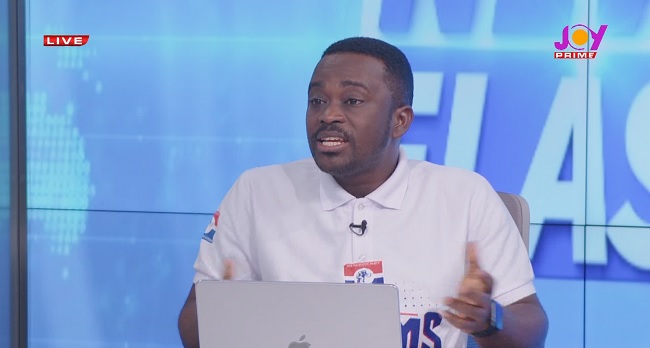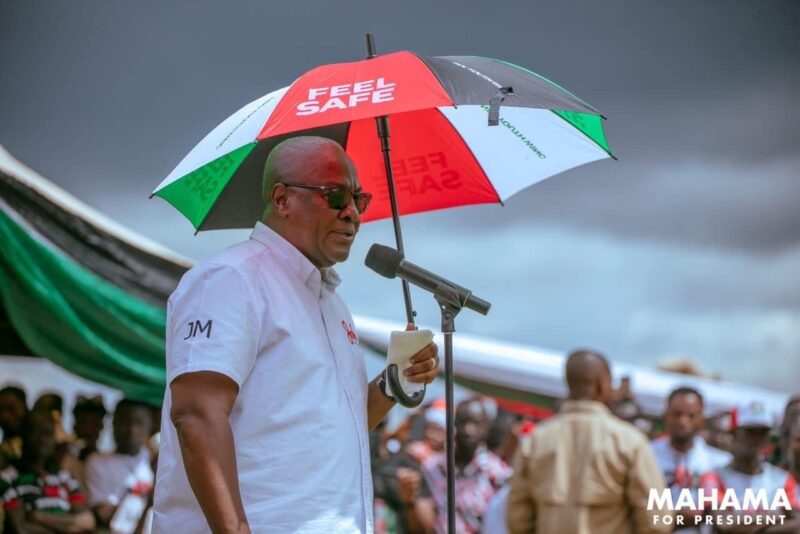- Satellite imagery shows Iranian oil tankers at country’s major terminal disappearing amid fears of Israeli counterattack
- CVS is under pressure and considering a breakup. Here's why that could be risky
- Here are the pros and cons of renting versus owning a home in those retirement years
- U.S. job creation roared higher in September as payrolls surged by 254,000
- Here's where the jobs are for September 2024 — in one chart
What do you believe is the single most important factor driving up the cost of living in Nigeria?
Satellite imagery captured by the European Space Agency's Copernicus Sentinel-1 mission on Sept. 25 shows a number of VLCC supertankers in the waters around Kharg Island, Iran's principal oil export terminal. This image contains modified Copernicus Sentinel data 2024 processed by Sentinel Hub
Satellite imagery captured by the European Space Agency's Copernicus Sentinel-1 mission on Oct. 3 shows an empty sea around Kharg Island, with no visible ships. This image contains modified Copernicus Sentinel data 2024 processed by Sentinel Hub
CNBC could not independently verify the footage. "Please note that crude oil loadings continue, but all of the extra vacant shipping capacity has been removed from the anchorage of Kharg Island. This is the first time we see anything like this since the 2018 sanctions round," TankerTrackers.com added in a separate X post. Iranian tankers are known for frequently switching off their transponders and manipulating their automatic identification system (AIS) in order to conceal their movements to skirt U.S. sanctions on the country's oil exports. This is a different kind of development, says Samir Madani, co-founder of TankerTrackers.com. His analysis of the satellite imagery located the Iranian tankers as currently being "in the middle of the Persian Gulf, west of the island," he told CNBC.
Kharg Island: Iran's largest oil terminal
Located fifteen miles off Iran's northwestern coast, the Kharg Island terminal handles more than 90% of the country's crude exports. Its loading capacity has increased to 7 million barrels per day, according to Vesseltracker.com, although Iran does not currently export such levels. Several energy analysts predict that oil prices could see an immediate-term spike of as much as 5% in the event of an Israeli attack on the terminal. Around 4% of global oil supply is at risk in the event of strikes on energy infrastructure in Iran, which is one of OPEC's largest crude producers. "There are plenty of facilities on [the] Iranian side and also [on the] Israeli side that could all be targeted in terms of critical infrastructure," Sara Vakhshouri, founder and president at SVB Energy, told CNBC's Capital Connection on Wednesday.
















